The Department for Transport announcement that Phase 3 of the Midland Main Line electrification project is to be placed on hold is frustrating for the rail industry, but not entirely surprising.
The industry’s lobbying efforts over recent months signalled its real concerns about the project’s immediate future, in the face of a deepening fiscal challenge for the government.
The Department for Transport announcement that Phase 3 of the Midland Main Line electrification project is to be placed on hold is frustrating for the rail industry, but not entirely surprising.
The industry’s lobbying efforts over recent months signalled its real concerns about the project’s immediate future, in the face of a deepening fiscal challenge for the government.
The industry has at least (and at last) been given a new instalment of the Rail Network Enhancements Pipeline (RNEP, see our comprehensive summary).
It’s been a long time coming. The Railway Industry Association was pointing out back in the autumn that it had been five years since the last (only) update of a plan that had originally been promised every year. Should it now be thinking that it should be more careful what it wishes for?
It wasn’t all bad news, by all means. Overall, there is work worth £92 billion (across rail and road) - including new stations and a long-awaited date for the Portishead passenger service - that are to be welcomed.
But the MML decision was disappointing for an industry which had been lobbying hard on its behalf, in an unfolding story that RAIL has been covering closely in our online news.
Electrification is important for decarbonisation - and for air quality, when the alternative is diesel.
But the industry also worries about the skilled workforce that will now have a work hiatus, and about what disbanding those skilled teams means for the industry as a whole.
Such skilled people could secure promising futures for themselves in other industries, and might never return to the railway.
Electrical engineers, like engineers in most fields right now, are in short supply in the UK and in high demand internationally. And they’re not the only ones.
The industry then has serious concerns about the knock-on effects of this decision on the cost of the project itself, in the longer term - and on projects elsewhere.
The MML is the only key north-south route yet to be fully wired, and few major electrification projects are in the pipeline, save HS2 a long way down the line. So, where will that skilled workforce go? And how much will it cost to get them back?
The latest pause is just another in the MML’s start-stop history: paused in 2015, cancelled in 2017, started again in 2021.
It’s a story that reflects the wider story of electrification in the UK.
That national story is one that Philip Haigh has been reading about in a new book on the history of electrification in the UK.
He argues that history is repeating itself, noting that three big projects (HS2, Transpennine Route Upgrade and East West Rail) are the focus for enhancement schemes, leaving little room for everything else. The smaller projects are being left on the sidelines.
This is another emerging infrastructure investment pattern reflected in the latest RNEP.
“We are focusing our investment on other schemes over the Spending Review period,” the DfT said about its move to pause MML electrification.
Industry anger at the delay reflects a wider frustration that is illustrative of the supply chain’s uncertain business environment: the boom-and-bust cycle which government says is exaggerated, but which suppliers say is real - especially those struggling with the delays in spending Network Rail’s Control Period 7 (2024-29) budget.
As this issue of RAIL went to press, Rail Minister Lord Hendy was defending the government’s infrastructure priorities before the Transport Select Committee, which challenged him over pausing the MML despite it being under budget and on-time.
“We’ve had to balance every decision against the needs of the passengers, and the reason why the MML further electrification went down the list was because the new trains that are going to be running on it are bi-mode, will provide better service and more capacity,” he said.
“That’s not the perfect answer for people along the route who would like electrification north of Syston, but we can’t do everything.”
With the government having to find another £5bn in the next budget to pay for its wider spending u-turns in welfare, and with little sign of economic growth right now, we shouldn’t be surprised if there are more project cuts coming rail’s way further down the line.
‘We can’t do everything’ is a principle that applies to balancing the big book of government spending as a whole, not just those for rail or transport.
Login to continue reading
Or register with RAIL to keep up-to-date with the latest news, insight and opinion.



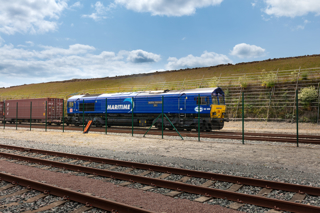


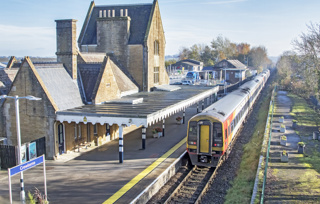

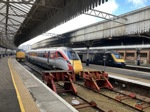
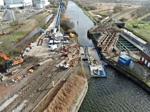
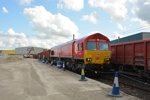
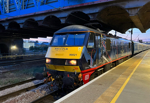

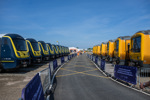





Login to comment
Comments
No comments have been made yet.